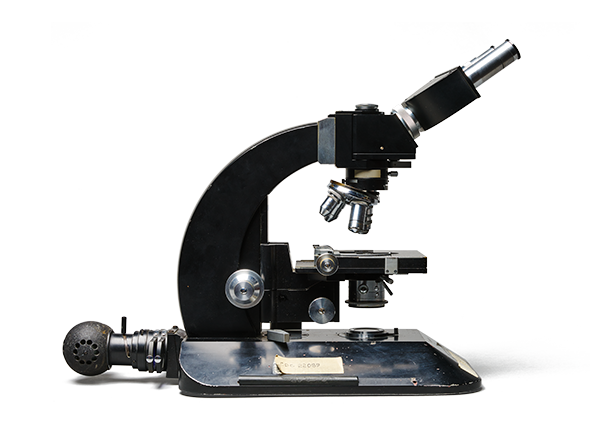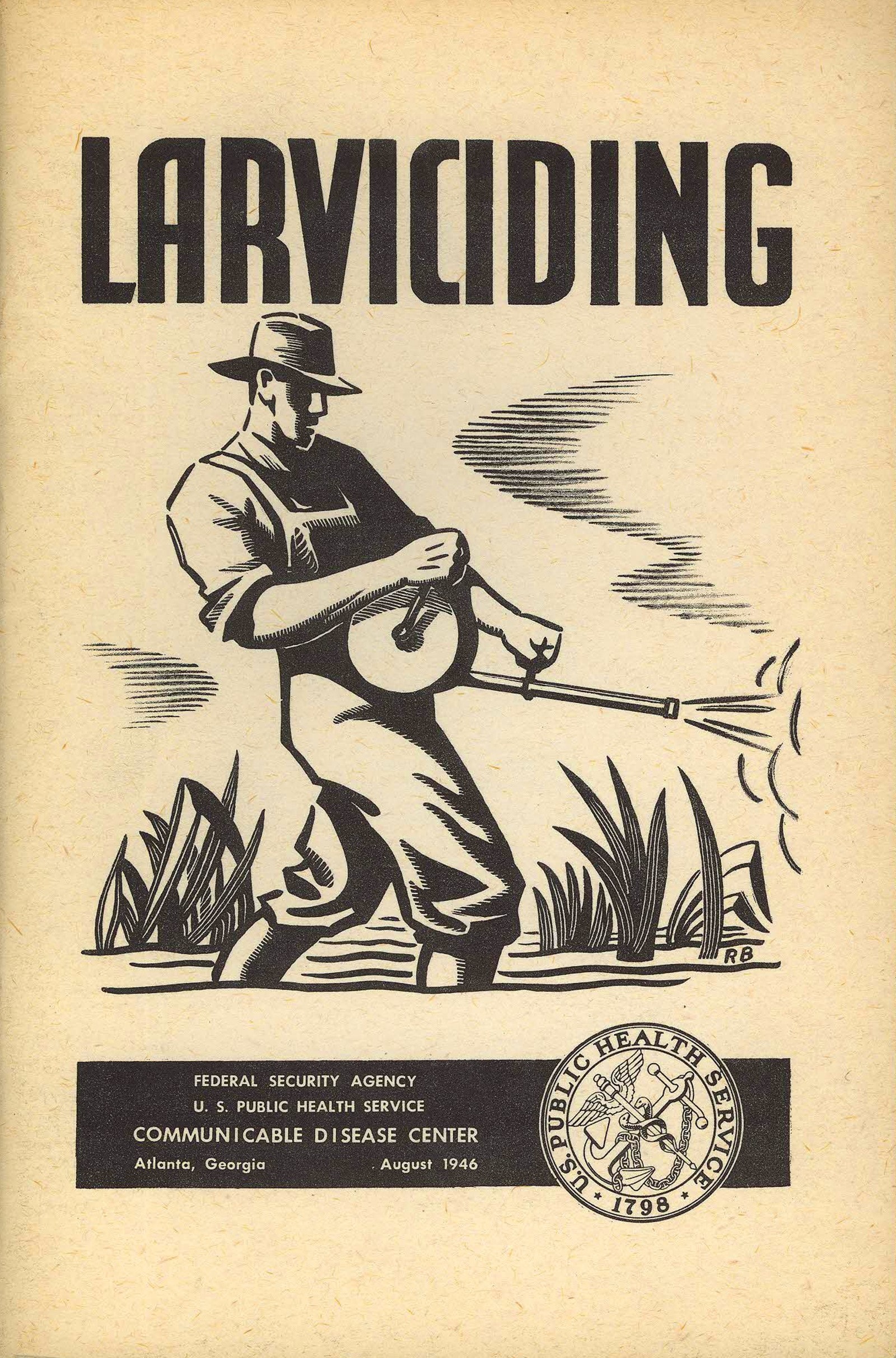Atlanta in 50 Objects
A pink pig and a renegade cow. A movie prop and a Coke bottle. A Pulitzer Prize–winning book and a Nobel Prize–winning icon.
How do you tell the story of Atlanta in 50 objects? We decided the best experts were Atlantans themselves—residents who cheer the Braves and rue I–285 rush-hour traffic, who understand how Civil War losses and Civil Rights victories together helped forge the city’s unique identity. Atlanta History Center asked the public to submit what objects they think best represent their town. The parameters were broad: an object could also be a person, a place, an institution, or an idea. After receiving hundreds of submissions, History Center staff assembled a collection of fifty pieces that represent the themes identified by the public. In addition to items from our own collections, we have partnered with many local institutions and individuals to gather artifacts from around the city to tell this community–driven story.


CDC
The Centers for Disease Control and Prevention (CDC) is the federal agency responsible for public health and is headquartered adjacent to the campus of Emory University.
The agency’s origins are based in the effort to control malaria outbreaks around military bases in the United States during World War II. The Office of Malaria Control in War Areas was headquartered in Atlanta because the South had the most malaria transmission.
Following World War II, the agency’s scope expanded and the name changed to the Communicable Disease Center. In 1946, Coca-Cola President Robert W. Woodruff brokered an agreement with Emory University to sell fifteen acres of land at its campus to the federal government for ten dollars to relocate the headquarters of the CDC from downtown Atlanta.
The CDC gained credibility in the 1950s when it helped identify and then correct a problem with the Salk polio vaccine and again when it developed national guidelines for an influenza vaccine during a massive flu outbreak. In the 1960s and 1970s, the CDC played a key role in the eradication of smallpox.
The CDC is the only federal agency headquartered outside Washington, D.C.

Larviciding pamphlet, 1946. Courtesy of David J. Spencer CDC Museum